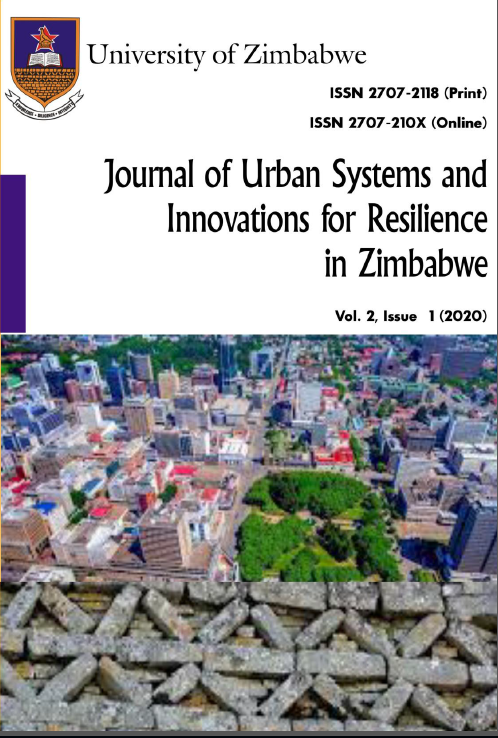Optimisation of a Decentralised Photovoltaic Mini-grid, Case of Madokero Community Complex in Harare
Abstract
This article acknowledges and discusses the power of energy access in transforming people's way of life and as a key enabler of economic growth. A well-designed photovoltaic (PV) system should have fault-free operation, offering an attractive option to alleviate the effects of energy poverty at reasonable cost of energy. In this study, a techno-economic
design of a 100 kW Solar plant was carried out for Madokero Community Complex cluster houses. Using demand matrix-based load analysis, a maximum demand of 48kW was calculated for a daily load of 565.5kWh with an annualised expected consumption of 206.4MWh for the community. For the determined hourly load profile and for a desired level
of electricity supply reliability determined as 97%, a combination of solar PV array and storage battery were specified in a general way using dimensionless component size parameters, A/Ao=9 and Bcap/Lday = 0.89, respectively and defined in this study. This resulted in a system with 212kWp peak panel output, 503.282kWh battery storage and lOOkW inverter peak output being specified for the Madokero Community Complex cluster houses at the least levelised cost of $0.23
per kWh. Properly dimensioned PV array-battery combinations for varying reliabilities at the least levelised cost were recommended for future designs.




